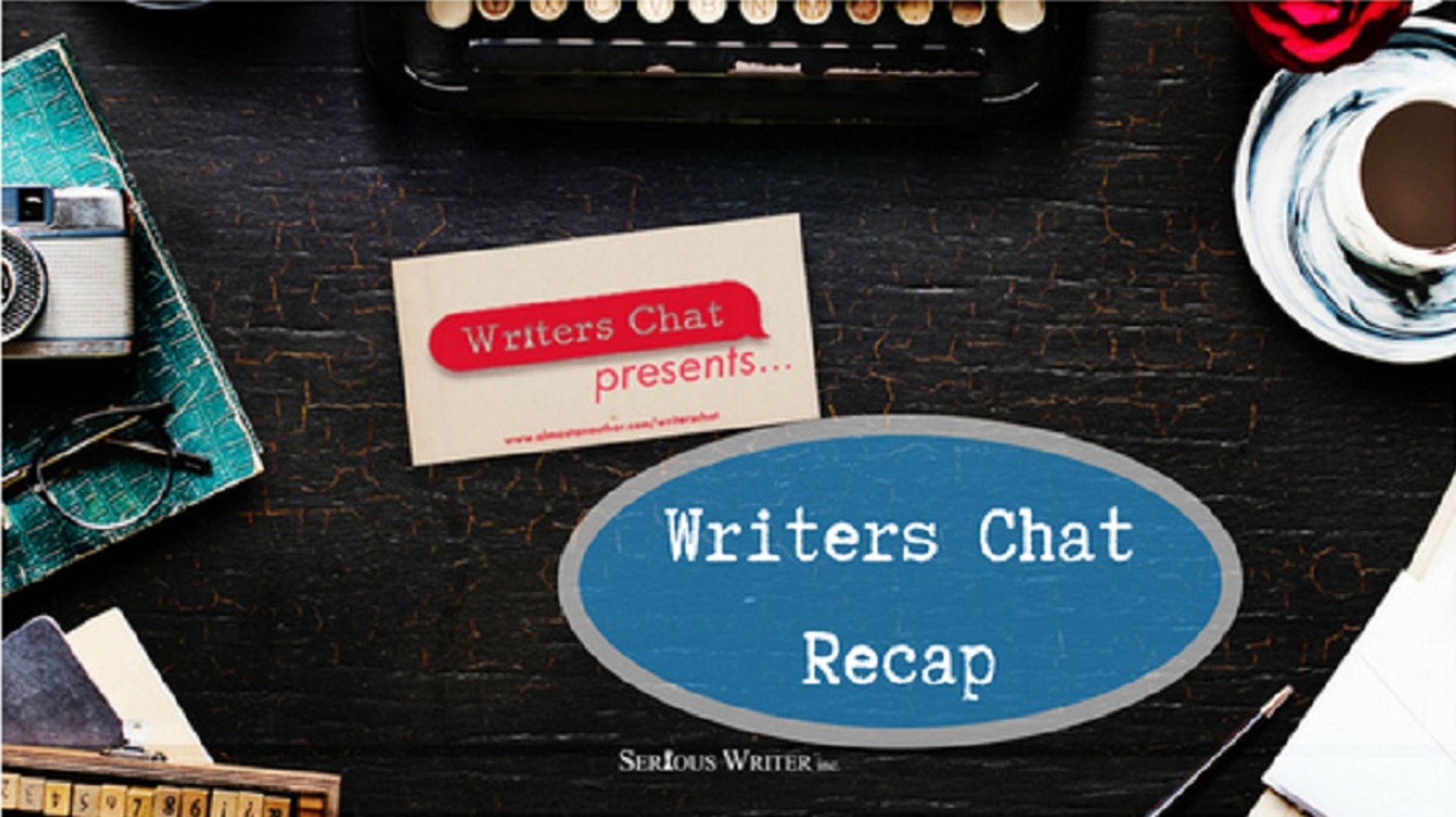
Dramatic Tension
What is dramatic tension? Merriam-Webster states dramatic is “sudden and extreme, greatly affecting people’s emotions” and defines Tension as…
May 17, 2021
What is dramatic tension? Merriam-Webster states dramatic is “sudden and extreme, greatly affecting people’s emotions” and defines Tension as…
May 17, 2021
Six months ago when the pandemic first came to America, scientists and medical professionals thought that once the temperatures…
September 4, 2020
Before I began writing my current W.I.P I knew exactly who my protagonist and antagonist were. I knew how…
August 4, 2020
The Black Moment. The Crisis. The Breakup. There are many titles for that moment when all seems lost. No…
April 23, 2020
Writers Chat, hosted by Jean Wise, Johnnie Alexander, and Bethany Jett, is the show where we talk about all…
October 30, 2019
Someone told me once there wasn’t conflict in romance novels. Boy meets girl. Boy gets girl. End of story.…
January 23, 2019
Every writer has a desire to learn the craft, screenwriters more so. However, their journey is complicated by the…
September 4, 2018
In order to really show his stuff, a protagonist needs challenges to overcome. The tougher the opposition, the more…
June 20, 2016
I hate making phone calls. When it comes to picking up the phone, I always procrastinate as long as…
May 15, 2016